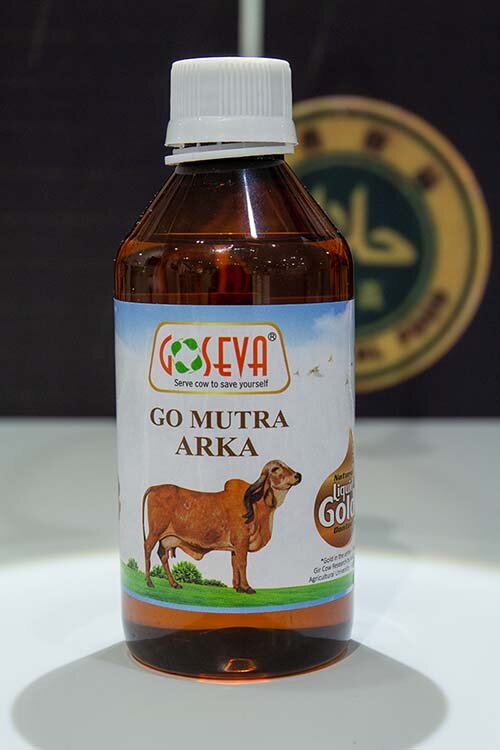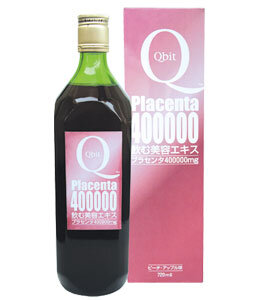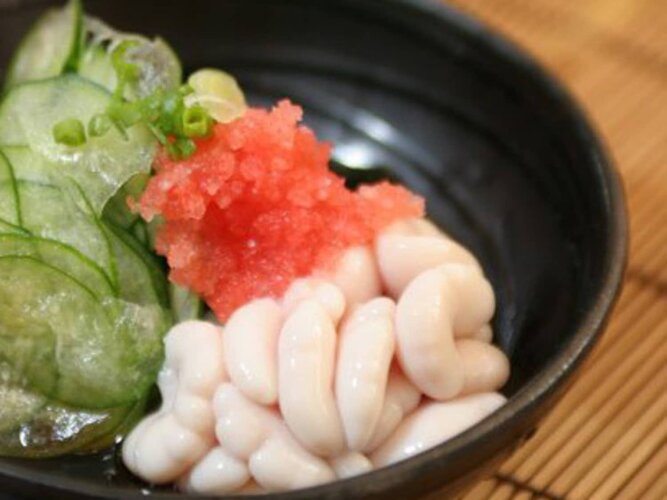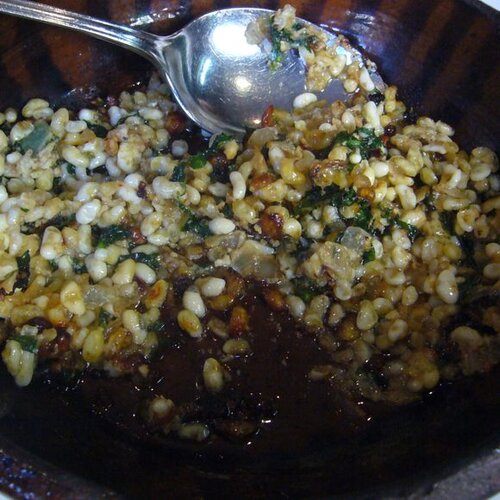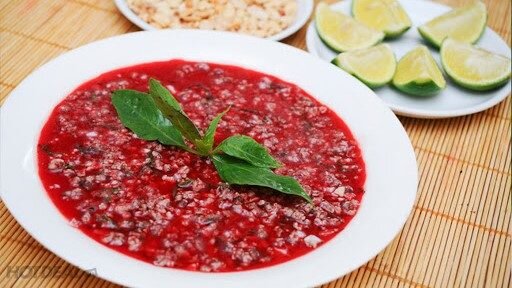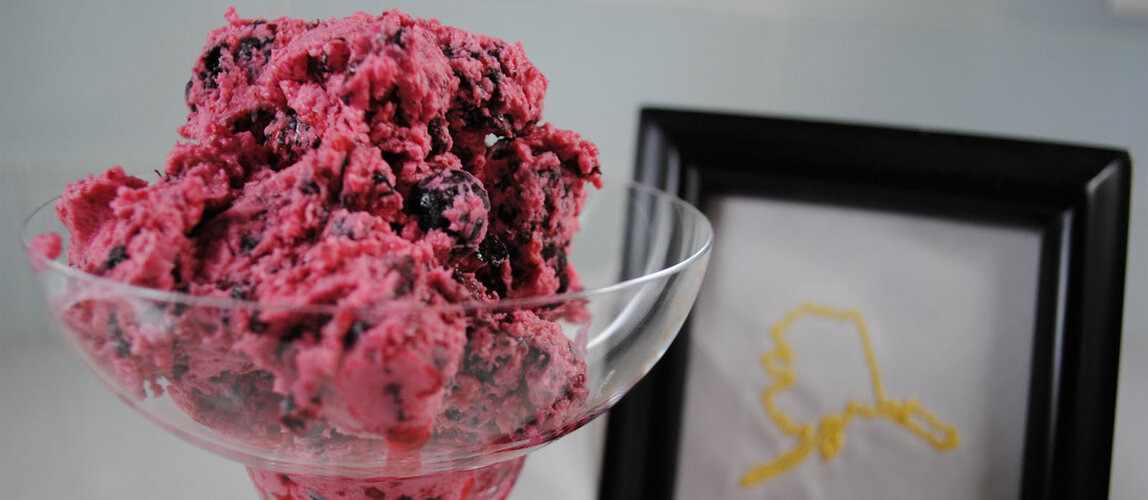- Joined
- Jul 18, 1998
- Messages
- 24,619
- Reaction score
- 52,885
Offline
Ttongsul is a traditional Korean medicine with a 9% alcohol content. The poo of a human child between 4 and 7 years old is refrigerated for 3-4 days, mixed with water, divided into smaller pieces, and fermented overnight. The vat with the poo starts to smell incredibly strongly of feces, even worse than the first day of fermentation
The poo/water mixture is poured through a sieve and is mixed with 70% boiled non-glutinous rice, 30% glutinous rice, and yeast. The non-glutinous rice contains a lot of protein, important for the fermentation process. The glutinous rice is there for its supposed anti-inflammatory and pain-relieving properties, as well as to improve the taste. The fermentation process activates the good bacteria and kills the bad bacteria.
The resulting mixture is left to ferment for at least seven days in a clay pot, wrapped in a blanket to maintain a temperature of 30 to 37 degrees Celsius. If not fermented enough, it’s dangerous to drink, but when perfectly ripe, this alcoholic drink is claimed to cure pain, broken bones, bruises, inflammation, and even epilepsy. The yellow-brownish liquid is strained and looks like a combination of sewer slime and vomit, potentially with small pieces of poo still floating around.
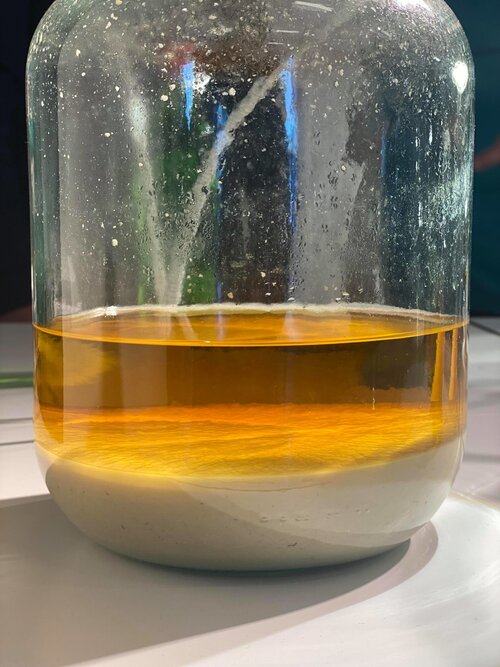
The poo/water mixture is poured through a sieve and is mixed with 70% boiled non-glutinous rice, 30% glutinous rice, and yeast. The non-glutinous rice contains a lot of protein, important for the fermentation process. The glutinous rice is there for its supposed anti-inflammatory and pain-relieving properties, as well as to improve the taste. The fermentation process activates the good bacteria and kills the bad bacteria.
The resulting mixture is left to ferment for at least seven days in a clay pot, wrapped in a blanket to maintain a temperature of 30 to 37 degrees Celsius. If not fermented enough, it’s dangerous to drink, but when perfectly ripe, this alcoholic drink is claimed to cure pain, broken bones, bruises, inflammation, and even epilepsy. The yellow-brownish liquid is strained and looks like a combination of sewer slime and vomit, potentially with small pieces of poo still floating around.



